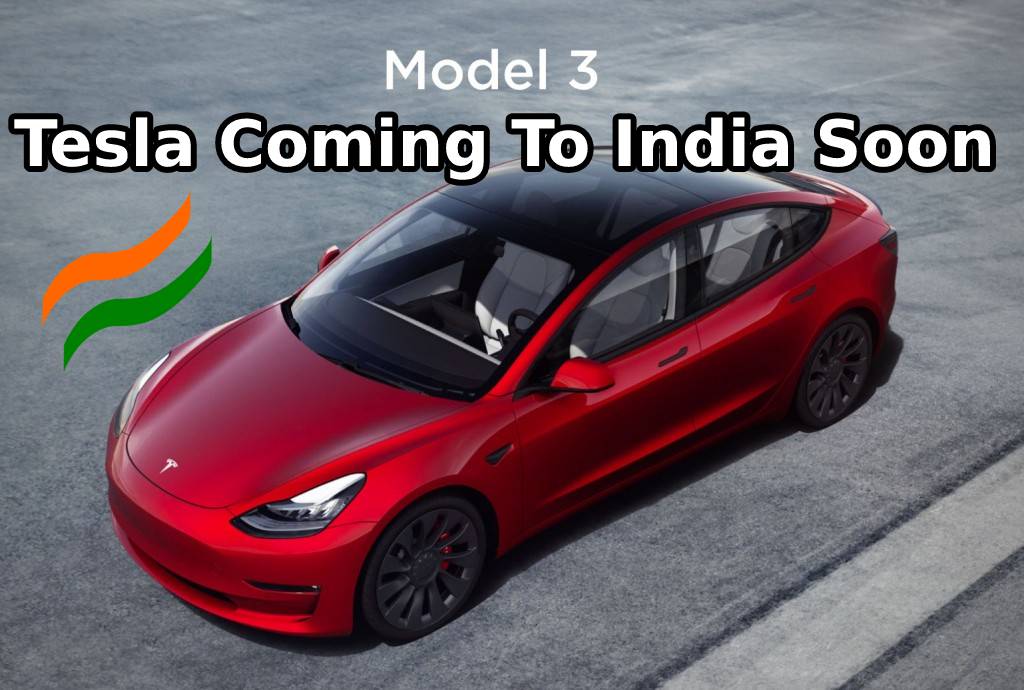The Electric Vehicle market seems to be riding the wave of growth at the moment. Since the past few years, the global trend has shifted away from Internal Combustion Engines to some form of the electric powertrain. For example, Mild-Hybrid, Plug-in Hybrid or Full Electric. This essentially means that there will be some form of electric assistance or intervention for the operation of a vehicle. Depending on the intensity and level of electric involvement, these terms are coined to represent that scenario. Recently, Tesla Motors have announced its arrival in India by mid-2021. According to some media reports, the CM of Karnataka has also stated that in addition to the Tesla office in Bangalore, there will be a manufacturing facility installed in Karnataka. With all these signs, we can safely assume that the electric wave is coming to India in a big way for sure. The EV market in India is already growing very strong, but the electric passenger car market does require some more boost.
Also read: 2021 MG ZS EV unveiled at Rs 21 lakh – All you need to know!

For that reason, the Government is offering a ton of benefits and subsidies to promote the mass adoption of electric cars in India. Private players like Tata Motors and MG have also been intensively involved in the development of infrastructure to support the mass adoption of their popular products, like the Nexon EV and ZS EV. The co-operation of the Government and OEMs shall lead to customers getting over the range anxiety, which is the biggest reason not to opt for EVs in India at this point in time. Maybe, with the most popular electric player in the world, Tesla coming to India, can provide the necessary boost and popularity to the EVs.
Mild Hybrid Vehicles
You must have come across the mild-hybrid powertrain options while researching for some cars. Let us quickly explain to you what it means. A mild-hybrid setup might generally include a 48V electric setup with can assist the drive (acceleration or driving dynamics) of a vehicle with an electric assist. It can’t power the vehicle independently and can only contribute the to the driving experience. This aids the fuel efficiency of the car. Apart from that, there is no difference that you will feel while driving the mild-hybrid car.
Also read: Tata Nexon EV enjoys 64% market share – Reasons for this!
Plug-in Hybrid Vehicles
The Plug-in hybrids can offer a small range of drive powered by the electric motor only. It can be upto 50km for good plug-in hybrids. This essentially means that there is a decent battery pack that is recharged by the braking of the vehicles. Apart from the full-electric operation, it supports the ICE engine during all times in various operations like acceleration due to boost, fuel efficiency and driving dynamics. In many cases, the aid of the electric motor move the wheels of the car (for AWD systems) and the ICE will power the vehicle in general. In normal operation, the ICE can switch between petrol/diesel-powered to electric when required to maximize fuel efficiency and range.
Also read: EV segments in India – Where will Tesla Model 3 fit in?
Full Hybrid Vehicles
The Full-hybrid systems are similar to plug-in hybrids, except the full-hybrids can power the all-electric operation only for a very small distance. They also, assist the petrol/diesel powertrain to offer maximum fuel-efficiency. They have proven to be the most fuel-efficient solution for a hybrid powertrain setup. When you need more acceleration, the system will shift to ICE and when braking or cruising, the fuel supply will cut-off to aid efficiency.
Also read: Challenges with EVs in India – Measures to fix them!
EV Sales Report for FY2020
The overall sales of the EVs in India saw a substantial 20% growth, with 1.56 lakh EVs sold in FY2020 as compared to 1.30 lakh units in FY2019. However, the passenger vehicle sales saw a slight drop of around 6%. Whereas in FY2019 there were 3,600 passenger EVs sold in India, the number dropped to 3,400 in FY2020. But with new products being launched in India and the automobile industry showing signs of a healthy recovery from the pandemic, the sales of EVs are expected to rise significantly in FY2021.


